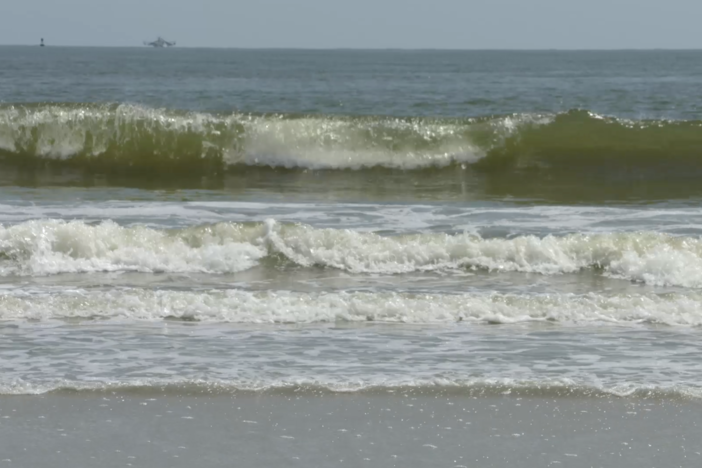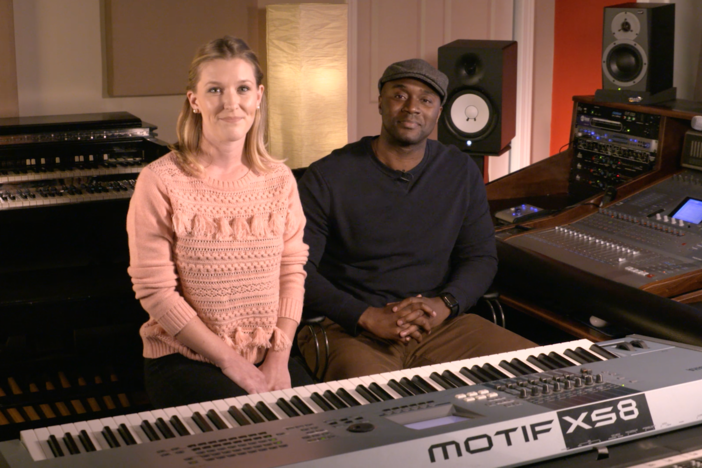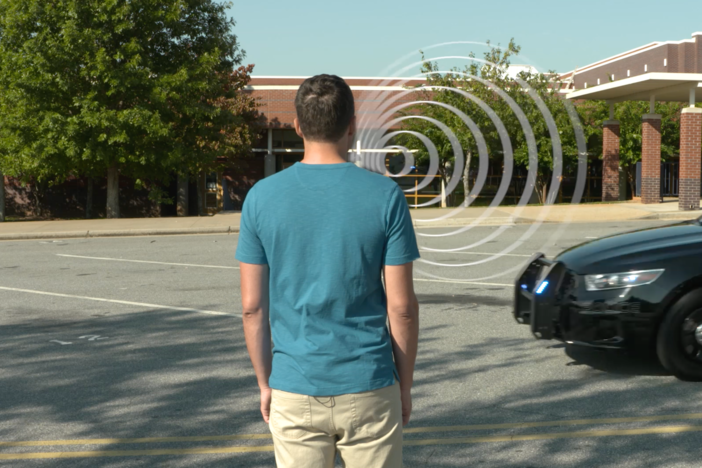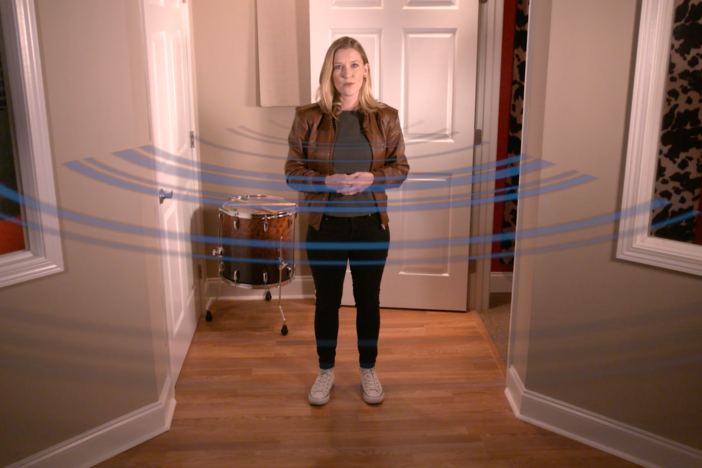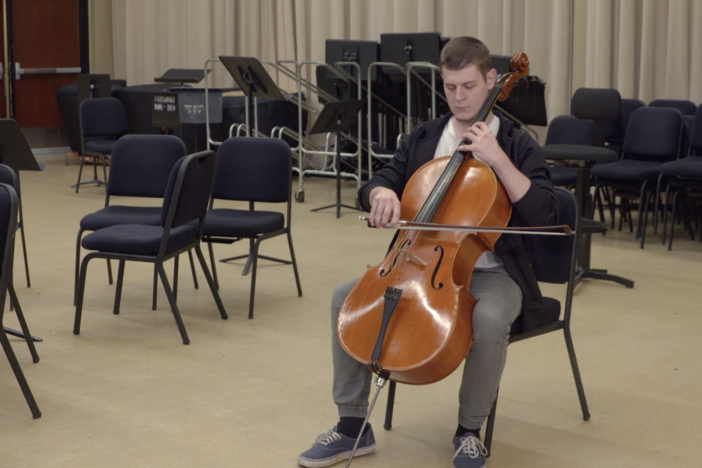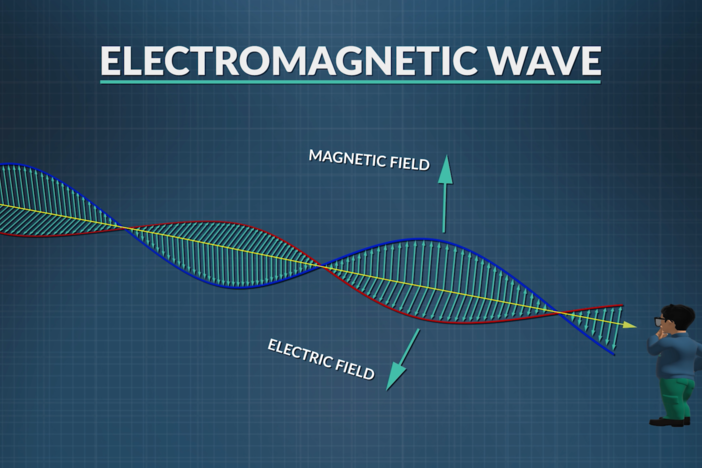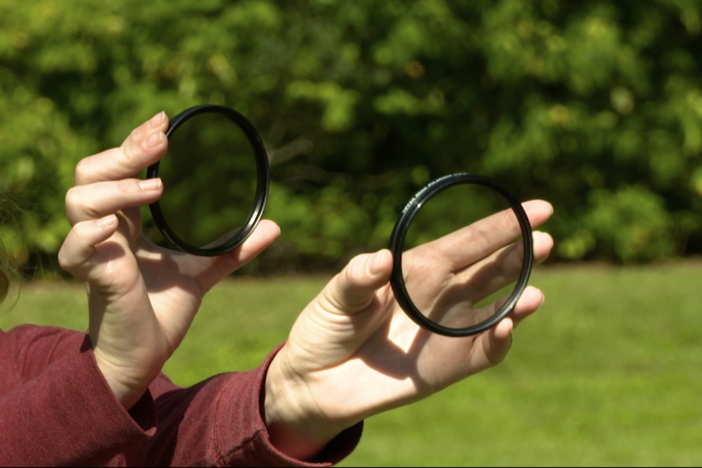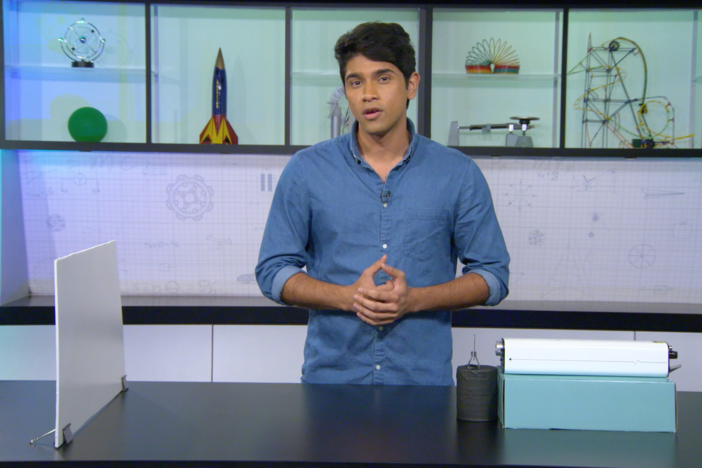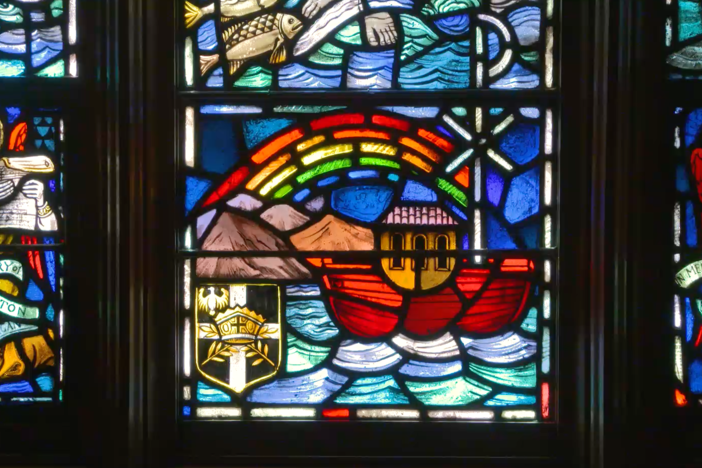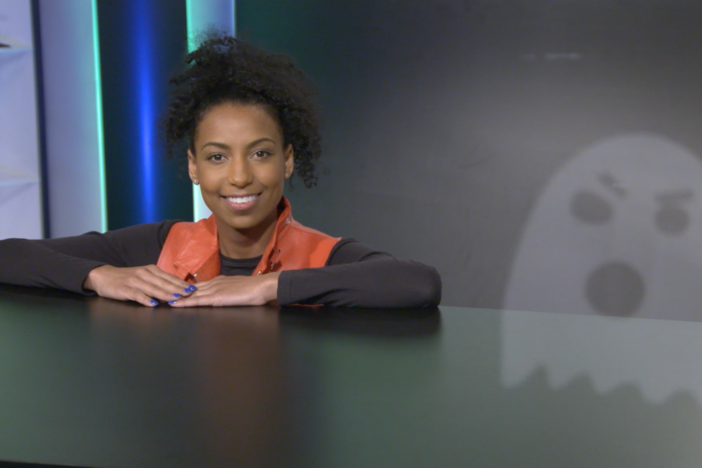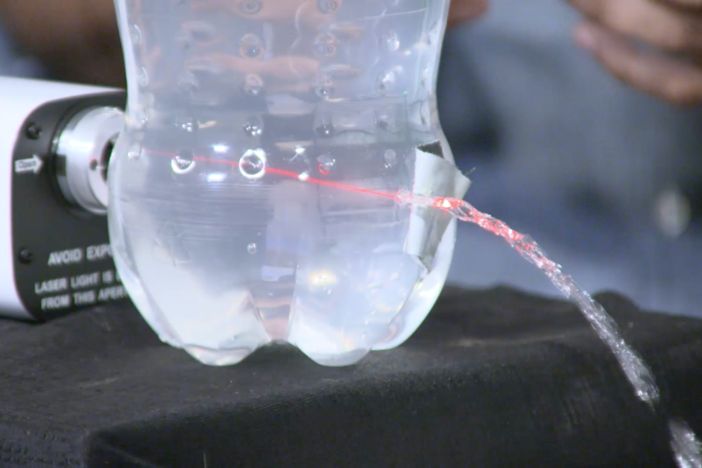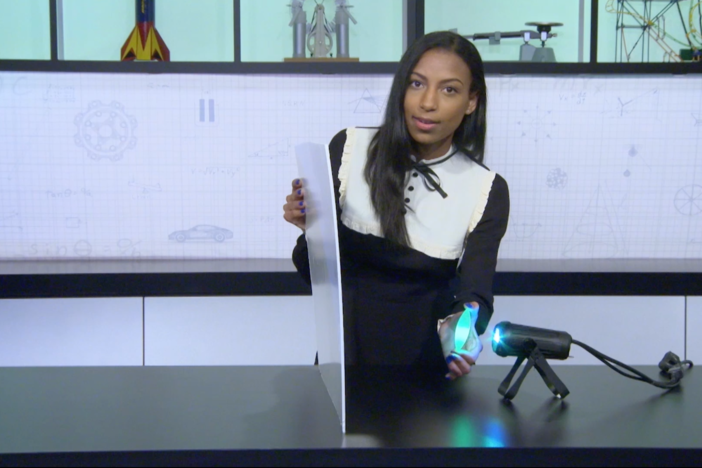Segment I: Color
The concept of color is explored as we learn about subtractive and additive color mixing. We examine what types of colors form when we mix different wavelengths of light. Properties and uses of pigments and dyes are discussed, the concept of luminance is introduced, and we see what makes an object transparent, translucent, or opaque.
Segment I: Color
The concept of color is explored as we learn about subtractive and additive color mixing. We examine what types of colors form when we mix different wavelengths of light. Properties and uses of pigments and dyes are discussed, the concept of luminance is introduced, and we see what makes an object transparent, translucent, or opaque.
Science
Obtain, evaluate, and communicate information about the properties and applications of waves.
Plan and carry out investigations to characterize the properties and behavior of electromagnetic waves.
Plan and carry out investigations to describe common features of light in terms of color, polarization, spectral composition, and wave speed in transparent media.
- Analyze experimentally and mathematically aspects of reflection and refraction of light waves and describe the results using optical ray diagrams.
- Perform calculations related to reflections from plane surfaces and focusing using thin lenses.
Obtain, evaluate, and communicate information to support the claim that electromagnetic (light) waves behave differently than mechanical (sound) waves.
Develop and use a model to compare and contrast how light and sound waves are reflected, refracted, absorbed, diffracted or transmitted through various materials.
-Compare and contrast opaque, transparent, and translucent materials.
-Define color, what it is, and how it is understood in physics and in art.
-Compare and contrast luminance and luminous intensity.
-Describe the three primary colors of light and how they combine to form secondary colors.
-Compare and contrast dyes and pigments and how they are understood and used in physics and art.
-Compare and contrast primary and secondary pigments and their applications.
-Experiment with color combinations, both as light and as pigments.
-Explain the difference between additive and subtractive color mixing.
additive color mixing - when wavelengths from different parts of the visible spectrum overlap to create new colors.
color - the property of an object that produces different sensations on the eye as a result of the way the object reflects or emits light.
dye - a substance that is biological in nature that changes the color of reflected or transmitted light as the result of wavelength-selective absorption; soluble
luminance (L) - the amount of light reflected off a surface; SI unit is candelas per meters squared (cd/m2)
luminous intensity (I) - the measure of the brightness of light in a given direction; SI unit is the candela (cd).
opaque - a material that allows no light to pass through it.
pigment - made from inorganic sources that change the color of reflected or transmitted light as the result of wavelength-selective absorption; are insoluble.
primary colors of light - the three colors of light, red, blue, and green, from which all other colors of light can be obtained through additive color mixing.
primary colors of pigment - the three colors of pigment, red, blue, and yellow, from which all other colors of pigment can be obtained through subtractive color mixing.
secondary colors - occur when two primary colors are combined.
subtractive color mixing - occurs when some wavelengths of light are reflected and other are absorbed.
translucent - a material that allows some but not all light to pass through it.
transparent - a material that allows all light to pass through it.
The Physics in Motion teacher toolkit provides instructions and answer keys for study questions, practice problems, labs for all seven units of study. GPB offers the teacher toolkit at no cost to Georgia educators.To order your teacher toolkit, complete and submit this form to request the teacher toolkit. You only need to submit this form one time to get materials for all seven units.
